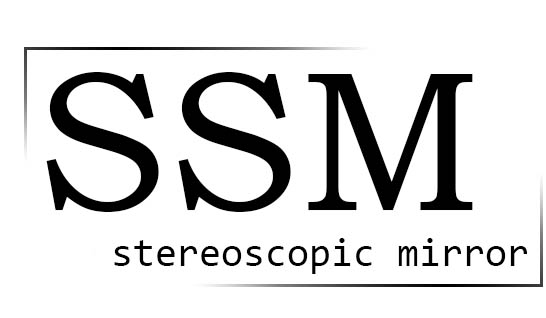Stereoscopic mirrors are a crucial component in many scientific and medical instruments, such as microscopes and endoscopes. It is essential to keep them clean to ensure clear and accurate imaging. However, many people are hesitant to clean them for fear of damaging them. In this article, we will discuss how to clean a stereoscopic mirror and why using the correct materials is crucial.
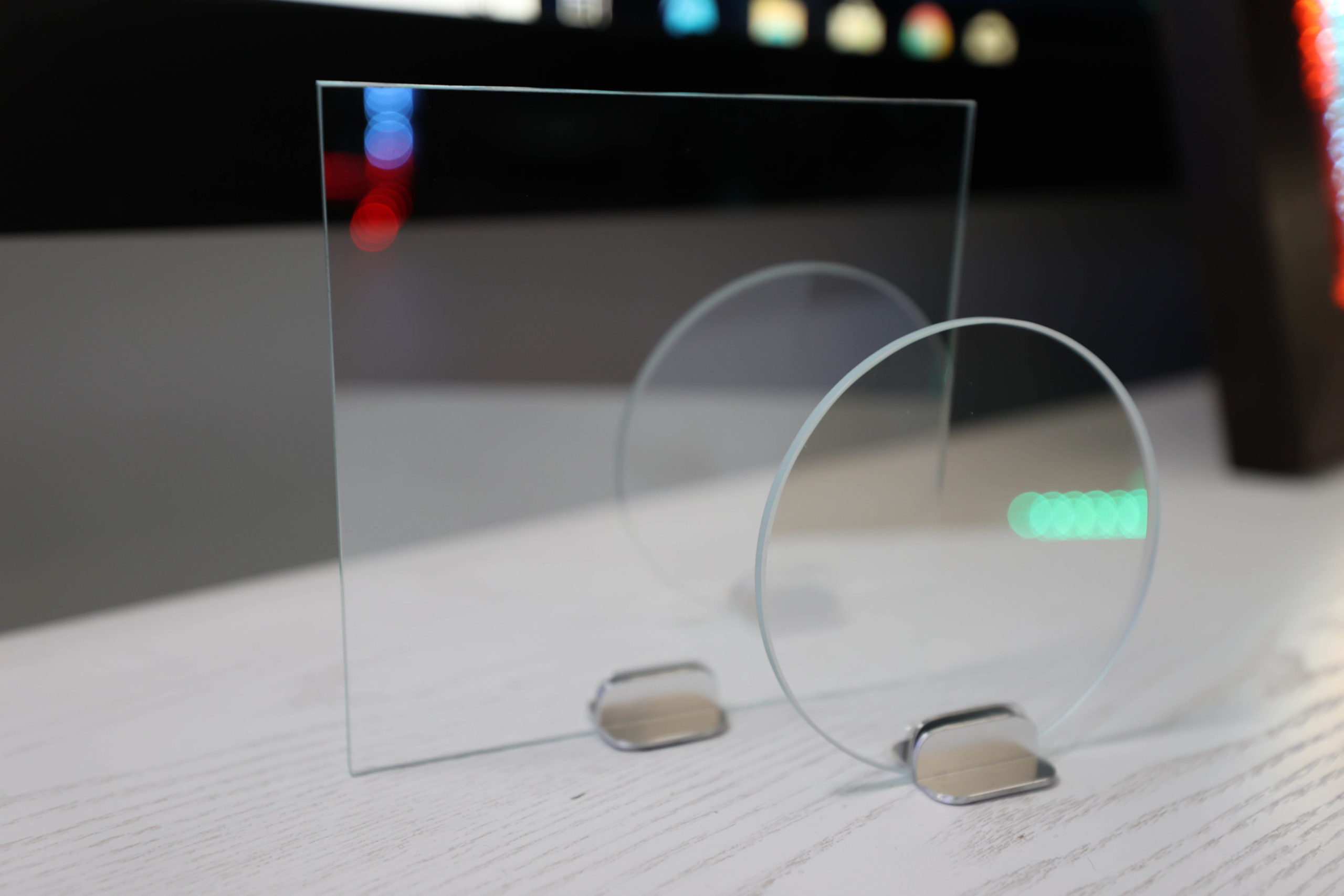
Materials:
To clean a stereoscopic mirror, you will need a few specific materials. First, you will need microfiber cleaning cloths. These cloths are essential because they are gentle and do not scratch the mirror’s surface. Secondly, you will need Kimtech wipes, which are lint-free and will not leave any residue on the mirror. Lastly, you will need an ammonia-free glass cleaner or isopropyl alcohol. It is crucial to use a cleaner that is free of ammonia because it can damage the mirror’s coating.
First, you will need MicroFiber Cleaning Cloths. These cloths are essential because they are gentle and do not scratch the mirror’s surface. Microfiber cloths are made up of tiny fibers, which are much softer than traditional cleaning cloths. They are also more effective at picking up dirt and dust particles, making them perfect for cleaning your stereoscopic mirror.
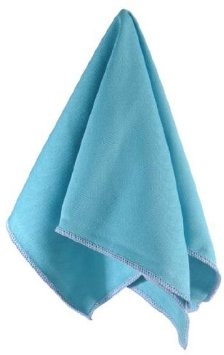
Secondly, you will need KimTech Wipes, which are lint-free and will not leave any residue on the mirror. These wipes are specially designed for sensitive surfaces, such as the coating on a stereoscopic mirror. They are also disposable, making them convenient to use and discard after cleaning.
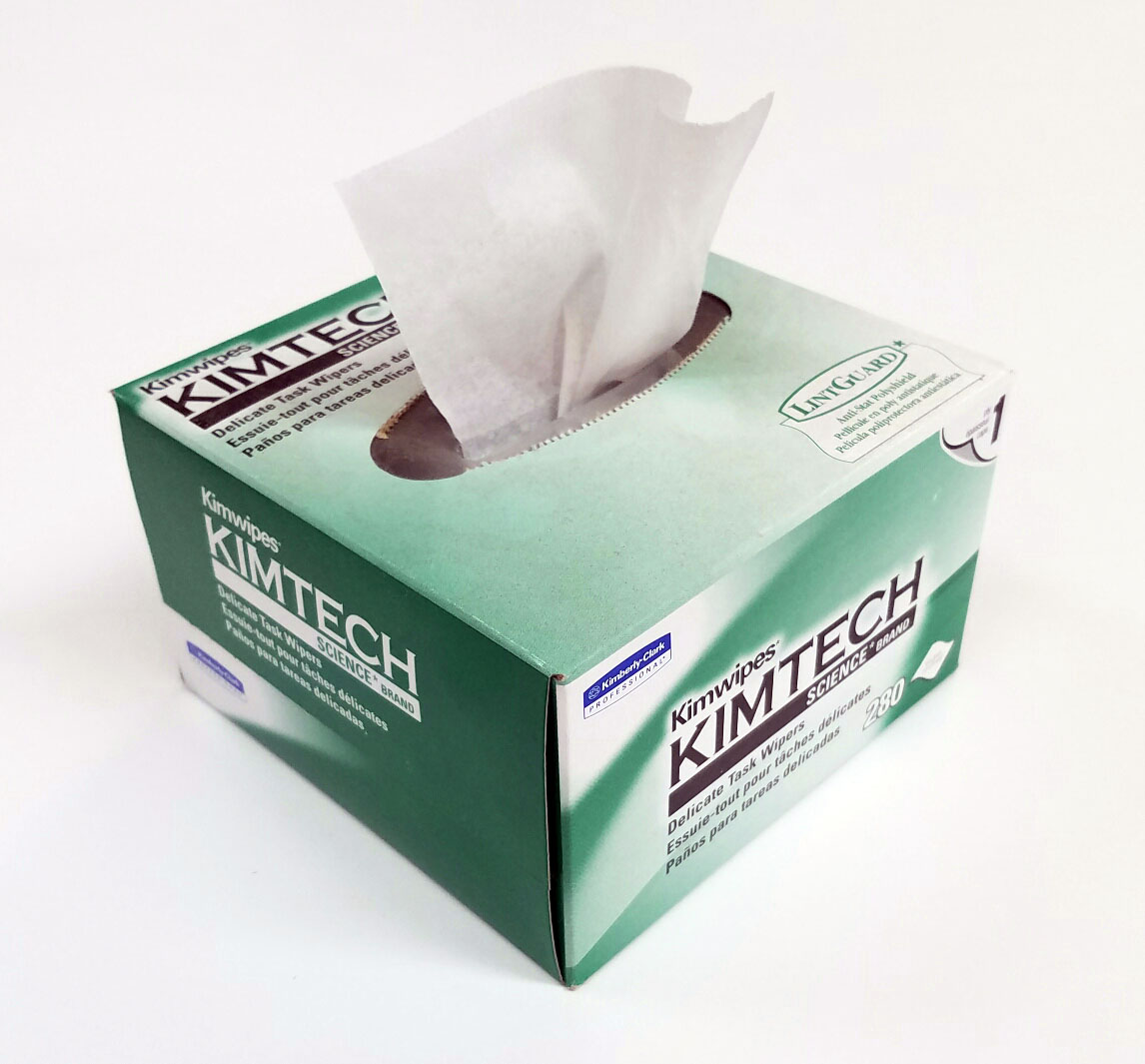
Lastly, you will need an ammonia-free Glass Cleaner or isoprophyl alcohol. It is crucial to use a cleaner that is free of ammonia because it can damage the mirror’s coating. Ammonia is a harsh chemical that can cause discoloration and corrosion on the mirror’s surface. Instead, opt for a gentle, ammonia-free glass cleaner or isoprophyl alcohol, which will effectively clean the mirror without causing any damage.
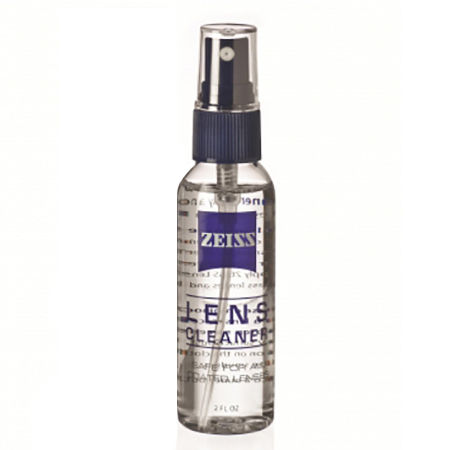
Watch this 1 minute video demonstrating how to clean the stereoscopic glass!
Why Use the Correct Cleaning Materials
Using the correct cleaning materials is essential because stereoscopic mirrors are delicate optical instruments. The mirror’s coating is thin and can be easily damaged by harsh chemicals or abrasive materials. Using the wrong cleaning materials can result in scratches, streaks, or even permanent damage to the mirror’s surface. This can negatively impact the quality of the imaging and potentially render the instrument unusable.
How to Clean a Stereoscopic or Dielectric Mirror
Stereoscopic mirrors are essential for creating an immersive viewing experience, whether it’s in a 3D movie theater or a virtual reality headset. However, these mirrors can quickly become dirty and smudged, which can negatively impact the quality of the image.
To clean your stereoscopic mirror, follow these steps:
1. Use a microfiber cloth to gently remove any dust or debris from the mirror’s surface. Be sure to use a light touch to avoid scratching the mirror.
2. Take a Kimtech wipe and gently wipe the mirror’s surface in a circular motion. Be sure to use a fresh wipe for each cleaning session to avoid transferring dirt or debris back onto the mirror.
3. Spray a small amount of ammonia-free glass cleaner or isopropyl alcohol onto the Kimtech wipe and gently wipe the mirror’s surface again. Be sure to use a light touch and avoid saturating the wipe with too much cleaner.
4. Once you have finished cleaning the mirror, use a clean microfiber cloth to gently buff the surface and remove any remaining residue.
In conclusion, cleaning a stereoscopic mirror requires specific materials to ensure that you do not damage its delicate surface. By using microfiber cleaning cloths, Kimtech wipes, and an ammonia-free glass cleaner or isoprophyl alcohol, you can effectively clean your stereoscopic mirror and maintain its high-quality performance.
Cleaning a stereoscopic mirror is easier than you might think. By using the correct materials and cleaning products, you can ensure that your mirror remains in excellent condition and provides clear and accurate imaging. Remember to always use microfiber cleaning cloths, Kimtech wipes, and ammonia-free glass cleaner or isoprophal alcohol. With these simple steps, you can keep your stereoscopic mirror in top condition and ensure that it continues to provide reliable results.
